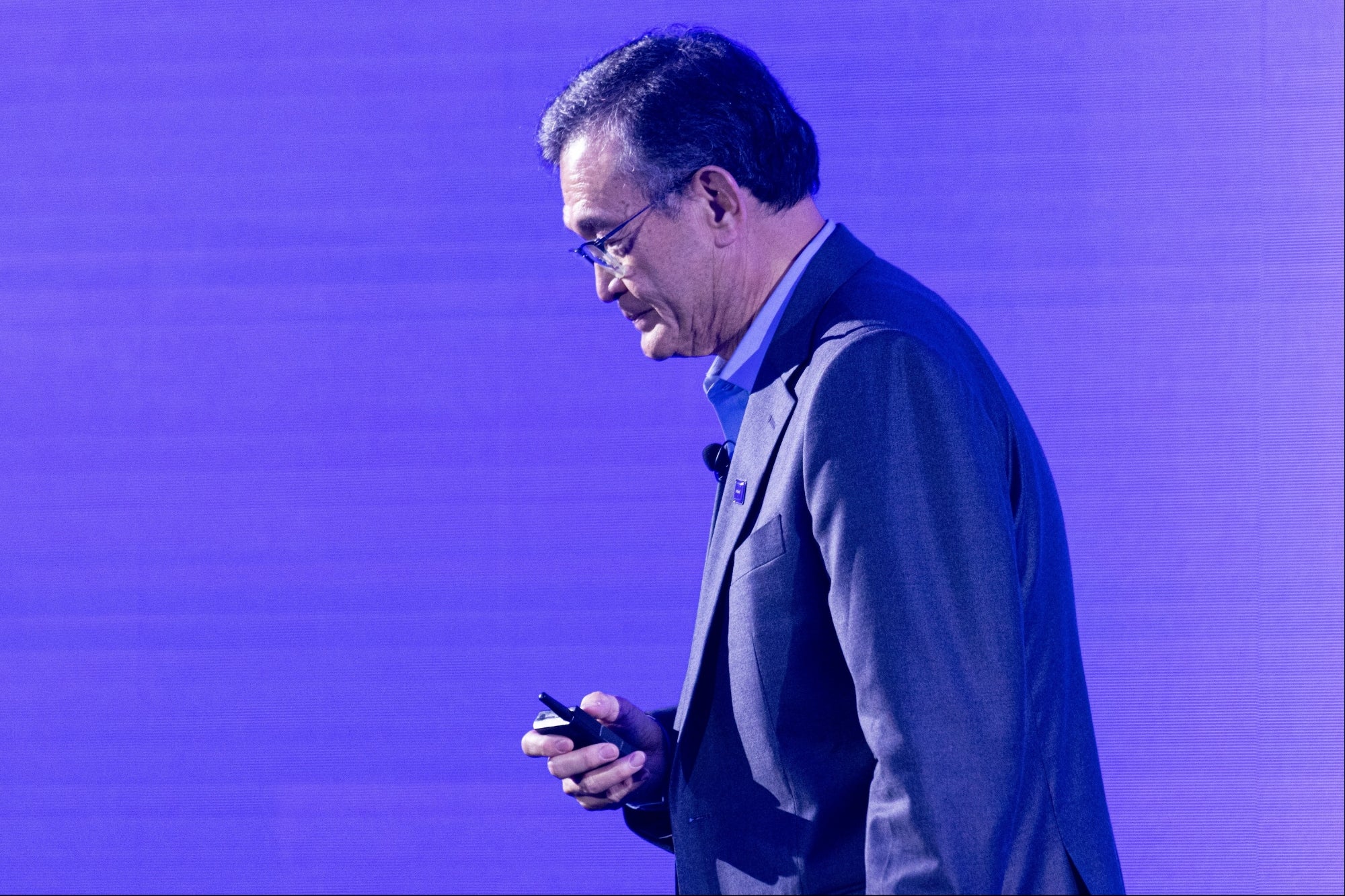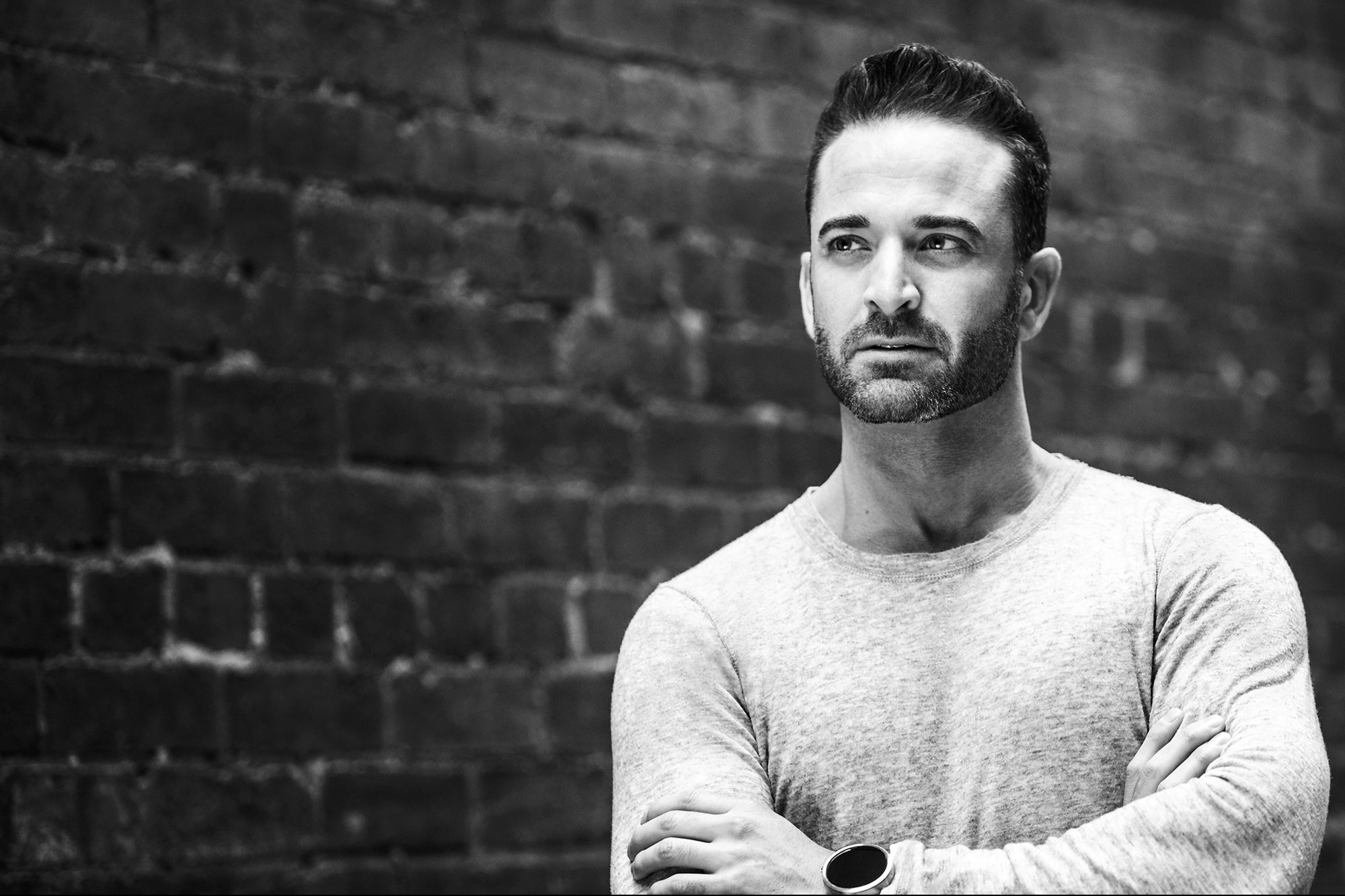The Most Innovative Leaders Use These 3 Mental Models to Unlock Their Best Ideas Mental models help us to understand things more fully and come up with smarter, more groundbreaking solutions. Here are three mental models you can use to grow, innovate and think differently.
By Aytekin Tank Edited by Kara McIntyre
Opinions expressed by BIZ Experiences contributors are their own.
In a world where GPS is a thumb stroke away, most people take maps for granted. It's hard to fathom that the oldest surviving maps had little to do with reality. The Babylonian Map of the World, for example, was a clay tablet about the size of a first-generation iPhone. Created between 700 and 500 BC, the map shows Babylon in the middle, with the Euphrates River cutting through the center and the ocean on all sides. As Smithsonian Magazine explains, it wasn't a map for navigation — more of a way for the map-holder to understand the idea of the world around them. Accuracy was an afterthought.
It would be centuries before an astronomer and astrologer named Claudius Ptolemy attempted the first realistic map — a two-dimensional depiction of what Ptolemy understood to be a spherical Earth. This is a prime example of when a great thinker applies a new mental model — essentially, a new way of thinking about things; a heuristic for interpreting the world. Rather than accepting earlier, more symbolic pictures of the Earth, Ptolemy ventured to create a true-to-life representation. He shifted the way of thinking from storytelling to describing reality.
Mental models help us to understand things more fully and come up with smarter, more innovative solutions. But as Charlie Munger, former vice chairman of Berkshire Hathaway, Inc., used to say, you have to build a "latticework" of mental models, employing various models to maximize your understanding of different situations.
Here's a closer look at some of the mental models that have served me and my team at Jotform and empowered us to continue growing and innovating.
Related: An BIZ Experiences's Guide to Better Thinking
Ask the fundamental questions
Sometimes, I meet with aspiring BIZ Experiencess to chat about my path and their goals. A few of them have voiced concerns about how all of the "good" ideas are already taken. They're seeking the next big innovation, and are frustrated when they can't find it.
In these cases, I encourage BIZ Experiencess to adopt first-principles thinking. That means simplifying complicated problems by reducing them to their most basic ideas and removing any assumptions from the equation. As Elon Musk, a first-principles thinker, explains:
"You look at the fundamentals and construct your reasoning from that, and then you see if you have a conclusion that works or doesn't work, and it may or may not be different from what people have done in the past."
So, if I were working through this logic with one of my mentees, I would tell them that instead of searching for something to invent, ask yourself: What do I want to do?
For example, in 2006, I launched an online form company. It wasn't because I was passionate about online forms, per se. Rather, I wanted to make users' lives easier and remove a tedious task from their to-do list. That has continued to be our mission and led to a range of different tools, all dedicated to that original goal.
Oftentimes, first-principles thinking means not doing things the same way and doing them better — it means carving out a new path entirely. Tesla wouldn't exist if its founders wanted to make better cars. They set out to make zero-emission vehicles, a radically different first principle.
Related: Asking the Right Questions in These 5 Circumstances Is Crucial to Your Company's Growth
Recognize your strengths and weaknesses
Before I launched my own company, I once worked with a classic micromanager. They'd schedule daily status update meetings and engage in Socratic questioning about every detail of a project. Don't get me wrong — I think it came from a good place. That manager cared deeply about the organization. But their style led to a lot of frustrated and ultimately disengaged employees. Because we knew had been hired for our specific skills and training — so why didn't our manager trust us to execute?
This lesson has stayed with me. Hire good people and let them do their jobs. To that end, a useful mental model to employ is the "circle of competence" — understanding your strengths and weaknesses. It means knowing where you shine and where the organization would be better served if you delegate or acquire further skills and training.
Failure to employ this mental model — being cognizant of your circle of competence — can lead to wasted time and waning morale.
Related: Getting Stronger Is All About Strengthening Your Weaknesses
Stop overcomplicating things
In business and life, when things go awry, we tend to speculate and come up with wildly complicated explanations. But oftentimes, the simplest explanation is the most accurate. Take Google Glass: If we speculate on why that product failed, we could come up with very complicated answers grounded in sophisticated economic analysis. Or, we could just simply state that most people don't want to wear a camera on their face all day long.
When my company launched a new version of Jotform Cards, it didn't do well. We could have gone down the rabbit hole of what went wrong, but instead, we asked our customers. They replied that they simply wanted a choice between the old and the new version. That problem was easily resolved.
Before you explore every possible reason why something happened, try looking for the most straightforward explanation. Sometimes, that may require listening — to your customer, your colleague or your partner. And that might require an initial investment of effort, but it will pay off in spades, with all the time you save on fruitless speculation.
Different mental models are useful in different situations, but on the whole, they help us to more clearly assess a situation and remove any preconceptions clouding our judgment. It's appreciating the view but being cognizant of what falls outside our field of vision. It's using the map but understanding that even maps have their limitations.











